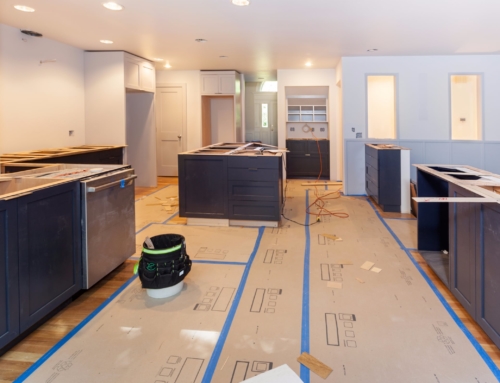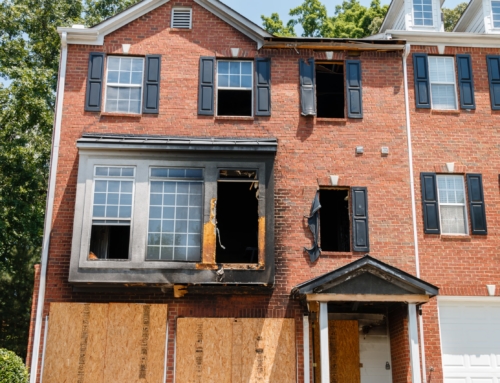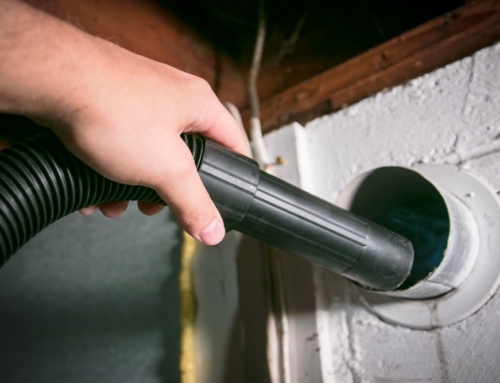Some people love to live in old houses. And some people love to buy older homes, fix them up and flip them for profit.
But some old house simply can’t — or shouldn’t be saved. They’ve outlived their usefulness.
How can you tell the difference?
“It’s all about what kind of house you end up with at the end of the project,” says Lane Epstein, an architect and vice president of Baker Construction Group, a contracting and development company based in Chicago.
“Do you have something that looks like a beautiful old house but functions like a new house? Or do you still have a leaky old house?” he wonders.
Epstein has had plenty of experience renovating old houses, both for himself and his clients.
“I’m an old house person, but some people aren’t. So many people think they want a huge old house, but when it comes right down to it, when people are spending so much money, they don’t really want a lousy, old house with all kinds of problems. They want something new that won’t have a lifetime of maintenance,” he says.
When evaluating an older house for purchase, you have to decide before you buy what you want to do with the property.
Are you going to replace the carpet, repaint and put in new kitchens and bathrooms before flipping it? Or, are you looking to buy a place to live in for the next 10 to 20 years?
Finding an older home to fix and flip (even if you plan to live there for the next two years to take advantage of the tax break on your profits) means taking a risk that the mechanicals are sturdy enough to last as long as you need them. You might go as far as to replace the central air compressor or furnace, rewire and even replumb part of the house. But when you’re done, you’ll still have what is essentially an older home.
The next level of renovation basically takes apart the entire house in the form of a gut job. Here, you’re replacing just about everything in the house, Epstein says, but keeping the nice old features that give the house its character.
For example, you might replace windows, the exterior siding, carpet, walls, and roof, but keep the moldings, banister, old hardwood floors and any stained glass.
But doing a gut renovation is costly. For an expensive home featuring granite, top-quality windows, and high-end fixtures, you can expect to pay anywhere from $250 to $400 per foot. If you’re restoring original plaster moldings, you’ll pay even more.
You should do a “back of the napkin” calculation before you make your purchase offer, Epstein warns, or you can end up spending way more than the property will be worth once the renovation is complete.
Here’s his preferred calculus: Take the cost of purchasing the property and add to that the renovation costs plus the cost of your time (which will be significant, even if you have a top-notch contractor), plus the cost of the money.
But at the end of the day, you have to ask yourself if this house really worth saving.
“If a house is not up to par when you’re done, and it still has a shallow, leaky basement, and crumbling foundation walls even if you have a gorgeous master bath, you’re not going to be happy,” Epstein says. “Sometimes it doesn’t matter if you’ve poured $50,000 or $5 million into an old house renovation, you can’t make it feel like a new house.
Which is why, he says, some houses simply aren’t worth saving.
“You tear them down stick by stick in order to preserve one wall and a foundation. But when you’re done, the house and basement are all chopped up because the renovation was dictated by the original house,” he explains.
A renovated old house should have the original character but function like a brand new house. If it won’t, it’ll be cheaper and faster to simply tear it down and build a new home from scratch.






Leave A Comment